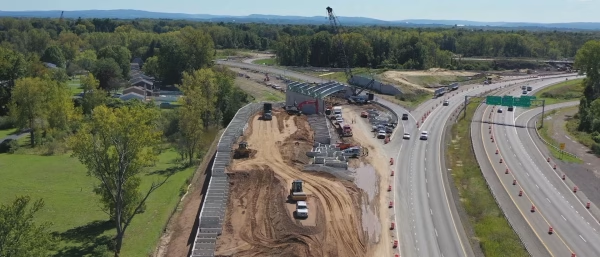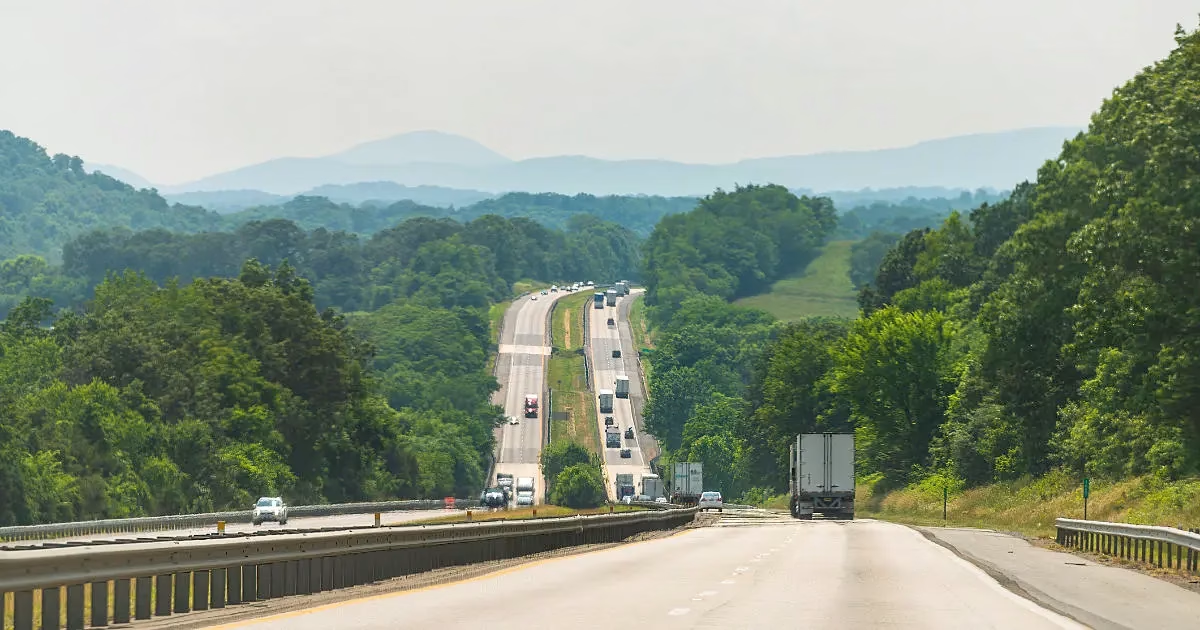In July 2025, Governor Glenn Youngkin announced a sweeping upgrade plan for Interstate 81 Virginia’s 325-mile corridor running from Winchester to Bristol reinforcing its role as a critical economic artery for western Virginia. Under the I-81 Corridor Improvement Program (CIP), the state committed nearly $4 billion to a slate of over 65 infrastructure and traffic operations projects, supported by an additional $245 million in state funding.
By mid-2025, 37 of those projects were completed, including truck climbing lanes, merge-lane extensions, and curvature improvements. Meanwhile, 14 major construction efforts were active, targeting segments near Bristol, Salem, Staunton, Strasburg, and Wytheville. The program is structured to run through 2035, with funding drawn from Commonwealth allocations under the Code of Virginia plus General Fund support, ensuring continuity over the decade.
Progress in Motion: Completed Projects and New Construction
To date, 37 of the 65 planned CIP construction projects are already complete. These include three new truck-climbing lanes, eight curve realignments, and 26 merge-lane extensions, each targeting high-risk zones notorious for traffic slowdowns and accidents. Beyond construction, the state has rolled out traffic operation upgrades, including dynamic message boards, high-definition traffic cameras, and optimized intersections on parallel routes. Additionally, quick-response towing incentives have been implemented to clear crashes more efficiently. Meanwhile, 14 other projects are actively underway, from road widening in Roanoke and Salem to major interchange improvements in Wytheville. Notably, new climbing lanes are being built at the steep Augusta-Rockingham border to ease freight congestion.
These extensive improvements align with similar efforts in other states to enhance highway efficiency and safety, such as California’s recent approval of AB 697 to accelerate Highway 37 upgrades. Both initiatives underscore a nationwide commitment to modernizing critical transportation corridors while balancing environmental and community needs.

Also Read The Newest Interstate in America; the Interstate-69 in Indiana
Looking Ahead: Timeline and Public Engagement
Major widening projects in Roanoke and Harrisonburg are set to break ground in early 2026. At the same time, design and engineering are progressing for additional upgrades in Rockbridge County, Winchester, and between Salem and Christiansburg. All 65 CIP projects are expected to reach completion by 2035. In parallel, a comprehensive corridor study is underway, featuring a series of public meetings from July 14 to 17. The Virginia Department of Transportation (VDOT) is collecting public feedback through both in-person forums and an online survey. This input will guide a final report set for release this fall, helping to identify future project priorities based on traffic data and local needs.
Also Read $746m Austin Interstate-35 contract awarded to Balfour Beatty
A Historic Path Meets a Modern Mission
Interstate 81 in Virginia is more than pavement and paint, it’s a living link to Virginia’s past. The route closely follows the historic Great Indian Warpath, a trail that once guided Native American trade and migration. Later, it became a frontier highway for early settlers. One stretch near Wytheville passes the remains of Fort Chiswell, a French and Indian War outpost built in 1758. During recent construction in the area, crews uncovered remnants of the fort’s foundations, a reminder of the deep history this corridor carries. Today, as workers pour concrete and install LED signage, they are not just updating a highway, they’re writing the next chapter of a path that has shaped Virginia’s economy, culture, and communities for centuries. Interstate 81’s revitalization is more than a transportation project; it’s a bold step toward a safer, smarter, and more connected future.
The Virginia Interstate 81 Project Overview
Funding: $4 billion Corridor Improvement Program plus $245 million additional state funding.
Scope: 325 miles of Interstate 81 upgraded from Winchester to Bristol.
Projects: 65 construction projects including widening, truck lanes, and safety upgrades.
Progress: 37 projects completed; 14 currently under construction.
Timeline: Major widening starts in 2026; all projects targeted for completion by 2035.
Public Involvement: Corridor study underway with meetings and surveys in 2025.
Economic Impact: Boosts safety, reduces congestion, and supports regional growth.

Leave a Reply